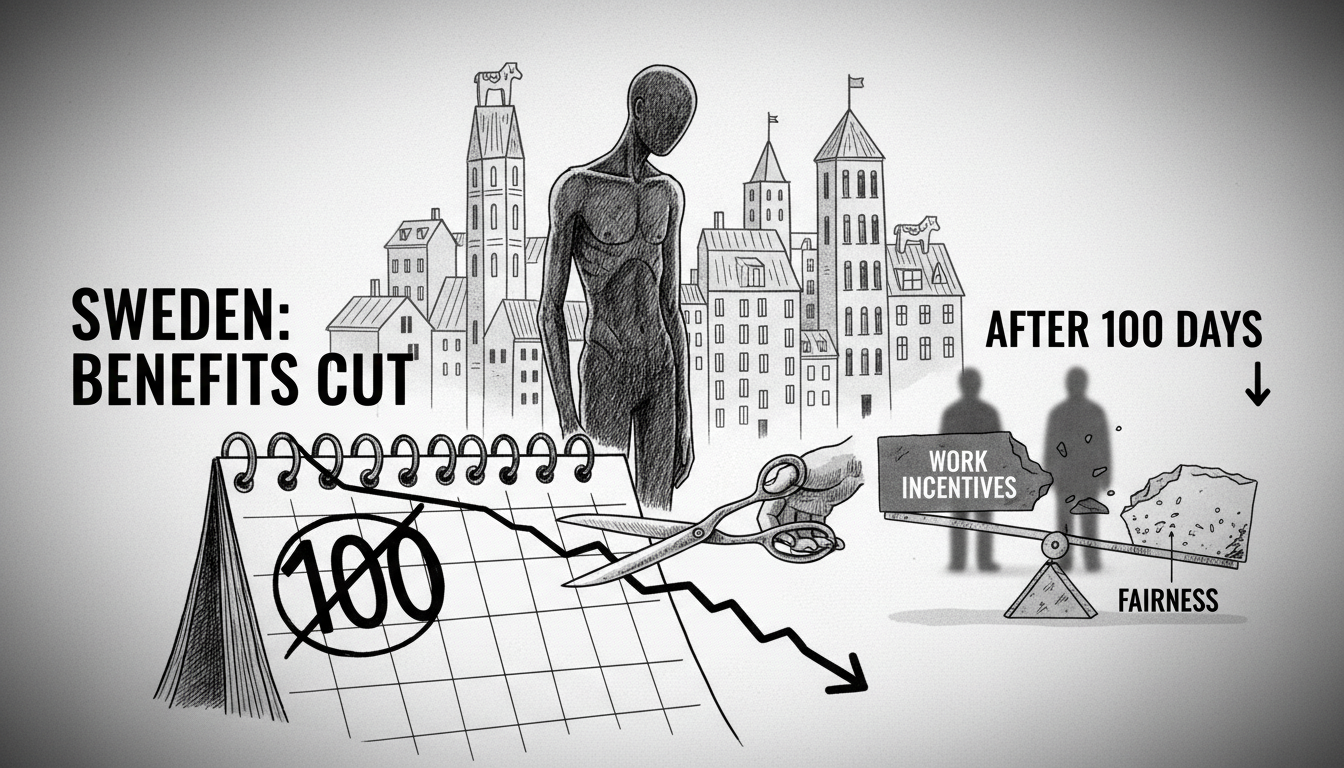Sweden cuts unemployment benefits after 100 days
Sweden's new unemployment rules reduce benefits after just 100 days, drawing criticism from opposition parties. The government says it will increase work incentives, while critics call it unfair during a difficult job market.

Sweden's government has introduced new unemployment benefit rules that reduce payments after just 100 days. The opposition Social Democrats call the changes deeply unfair.
Ardalan Shekarabi, the Social Democratic labor market spokesperson, criticized the policy in a television interview. He said it makes no sense to cut benefits when the government admits the job market is difficult.
The new system allows unemployed Swedes to receive benefits for up to 300 days total. To qualify for the maximum period, workers must have earned at least 120,000 kronor ($11,500) in the past year.
The benefit ceiling is 34,000 kronor ($3,250) per month. For the first 100 days, recipients get 80% of this amount, or 27,800 kronor. After that, payments gradually decrease over time.
What happens when benefits run out? After 300 days, unemployed Swedes no longer receive regular unemployment benefits. They can then apply for activity support from Sweden's Social Insurance Agency.
Johan Britz of the Liberal Party defended the changes. He said the reforms will increase incentives to find work.
The timing raises questions about supporting job seekers during economic uncertainty. Reducing benefits early may pressure people to accept lower-quality jobs just to make ends meet.